All RPGs, at their cores, are numbers games. Since the very concept of roleplaying games was concocted with the first Dungeons and Dragon manual, numbers have been used as the background gears that make a fantasy world turn. All games have this similarity, it’s just that RPGs are a little more overt about it, allowing you to control the numbers hands-on instead of just assuming they’re doing their jobs. Elden Ring is, naturally, a fine example of this with its laundry list of character stats, though if you’re not familiar with the numbers game or typical RPG nomenclature, it may seem a bit impenetrable to you. For your convenience, here is an explanation of Elden Ring’s stats systems.
Elden Ring Stats Explained
In broad terms, your character’s stats in Elden Ring fall into a few broad categories:
- Attributes – the core 8 stats that make up the bedrock of your character
- General stats – basic moment-to-moment stuff
- Offensive stats – detailing how well you can deal damage
- Defensive stats – detailing how well you can receive damage
These stats are different depending on the class you start the game with, how you allocate your runes when leveling up, the weapons and armor you’re using, and certain more abstract factors.
Now, let’s get into the categories and the individual stats, with a basic explanation of what each is doing for you.
Attributes
A quick note here: some attributes have what are known as “soft caps.” When you level up, you choose which attributes to funnel points into, but past certain point levels, you begin to see diminishing returns. These are a gentle signal that it’s time to focus your stats elsewhere.
- Strength (STR): The primary stat for determining physical attack damage. Most weapons have at least some degree of strength scaling, and heavier weapons tend to have greater strength requirements. Also affects your resistance to physical damage.
- Endurance (END): Governs both the size of your stamina bar and your carry weight, determining how heavy your equipped gear can be without over encumbering you. Also affects Robustness, a defensive stat.
- Dexterity (DEX): Governs your ability to use more complicated weaponry like bows or whips. Weirder weapons usually have greater dexterity requirements. Dexterity also affects how quickly you cast spells, how much fall damage you take, and how easily you can be knocked off your horse.
- Intelligence (INT): The primary stat for determining sorcery attack damage. All Glintstone Sorceries have a requirement of intelligence. Greater intelligence also boosts your resistance to magic damage.
- Faith (FAI): The primary stat for determining incantation attack damage. Faith and incantations are roughly parallel to the relationship between intelligence and sorceries.
- Arcane (ARC): Governs a variety of stats, including Discovery, Vitality, and your defense against holy damage. Arcane is required for certain weapons and spells, usually ones that specialize in status ailments.
- Vigor: Primarily governs your health, represented by HP. Also controls your resistance to fire damage and your Immunity stat.
- Mind: Primarily governs your magic capacity, represented by FP. Also controls your Focus stat.
General Stats
- HP: Your red health bar. If it runs out, you’re dead. Get used to this.
- FP: Your blue magic bar. FP is required to cast spells, use weapon skills, and activate certain consumable items.
- Stamina: Your green bar. Stamina is needed to perform all kinds of actions, including running, attacking, casting spells, and more. Recovers on its own.
- Equip Load: How much your equipped gear weighs versus how much you can physically carry. The heavier your gear, the slower you move, and the shorter the distance of your dodge roll.
- Poise: Your ability to stay on your feet after taking powerful attacks. Low poise means you get knocked down more easily.
- Discovery: The likelihood that a defeated enemy will leave behind a lootable item.
- Memory Slots: How many sorceries or incantations you can equip at once.
Offensive Stats
Offensive stats include five different damage types, each governed by the weapons you equip and bolstered further by your attributes. The five damage types are:
- Physical
- Magic
- Fire
- Lightning
- Holy
Besides those damage types, there are several additional factors:
- Critical Damage: How much bonus damage you do to an enemy upon landing a critical hit.
- Sorcery Scaling: The extent to which sorceries scale with your stats
- Incant Scaling: The extent to which incantations scale with your stats
Defensive Stats
Defensive stats include your resistances to eight different types of potential damage, also governed by your attributes. The damage types are:
- Basic Physical damage
- Strike Physical damage
- Slashing Physical damage
- Piercing Physical damage
- Magic damage
- Fire damage
- Lightning damage
- Holy damage
Additionally, there are four special stats that determine your resistance to certain status ailments. The higher these stats, the longer it takes for ailment meters to fill up entirely and actually inflict you.
- Immunity: Your resistance to Poison, Blight, and Scarlet Rot attacks.
- Robustness: Your resistance to Hemorrhage and Frostbite attacks.
- Focus: Your resistance to Sleep and Madness attacks.
- Vitality: Your resistance to Instant Death attacks.
For more guides and related content, visit our Elden Ring section.


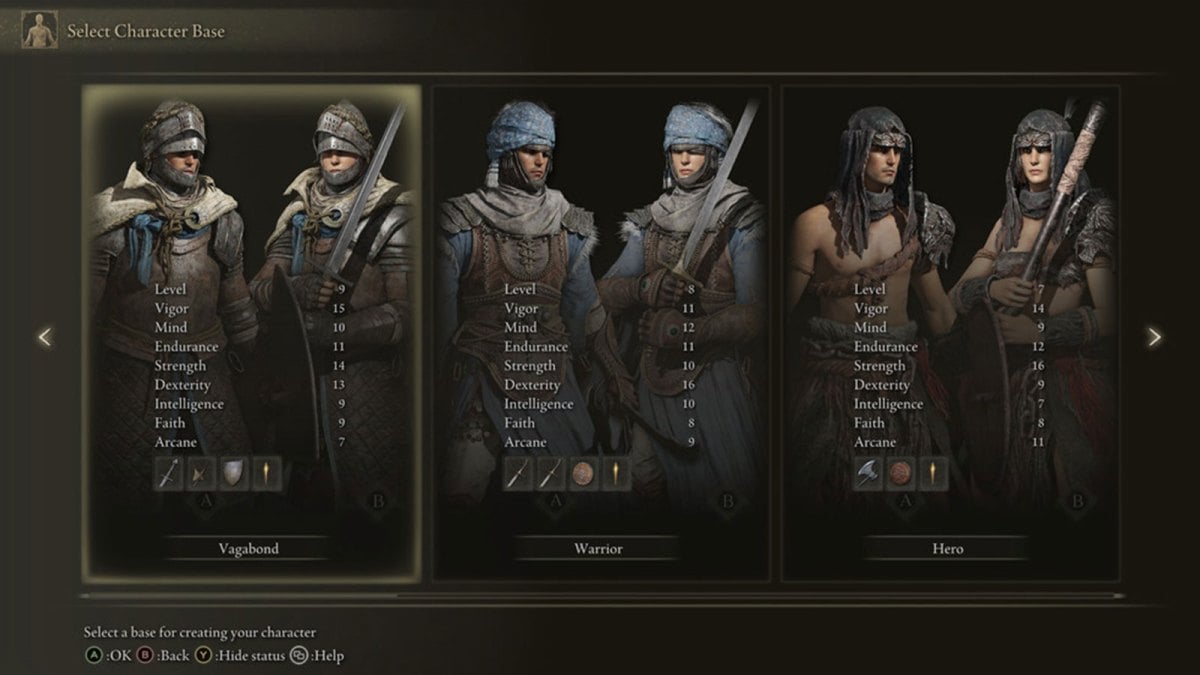



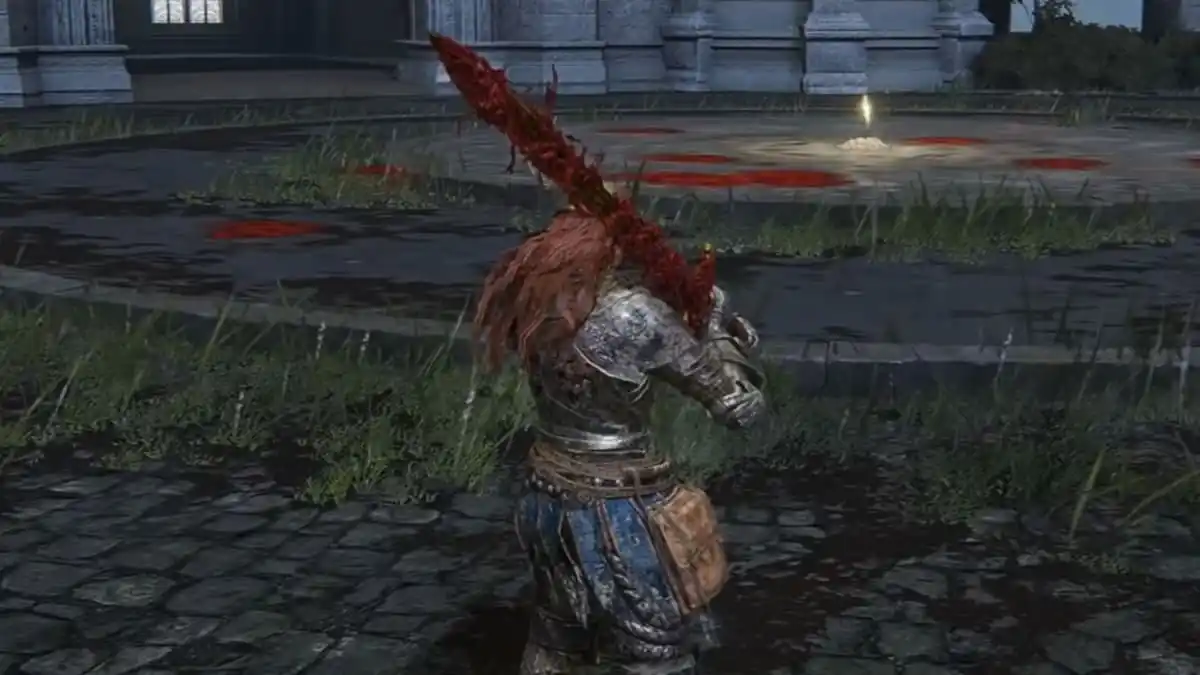
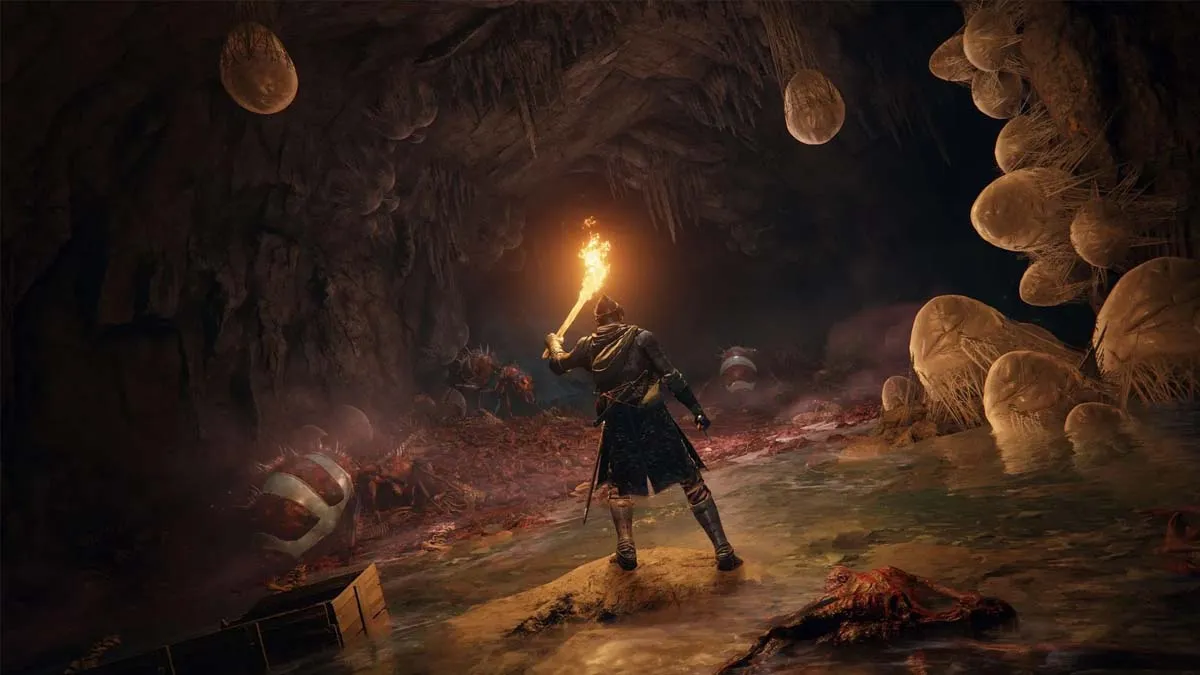
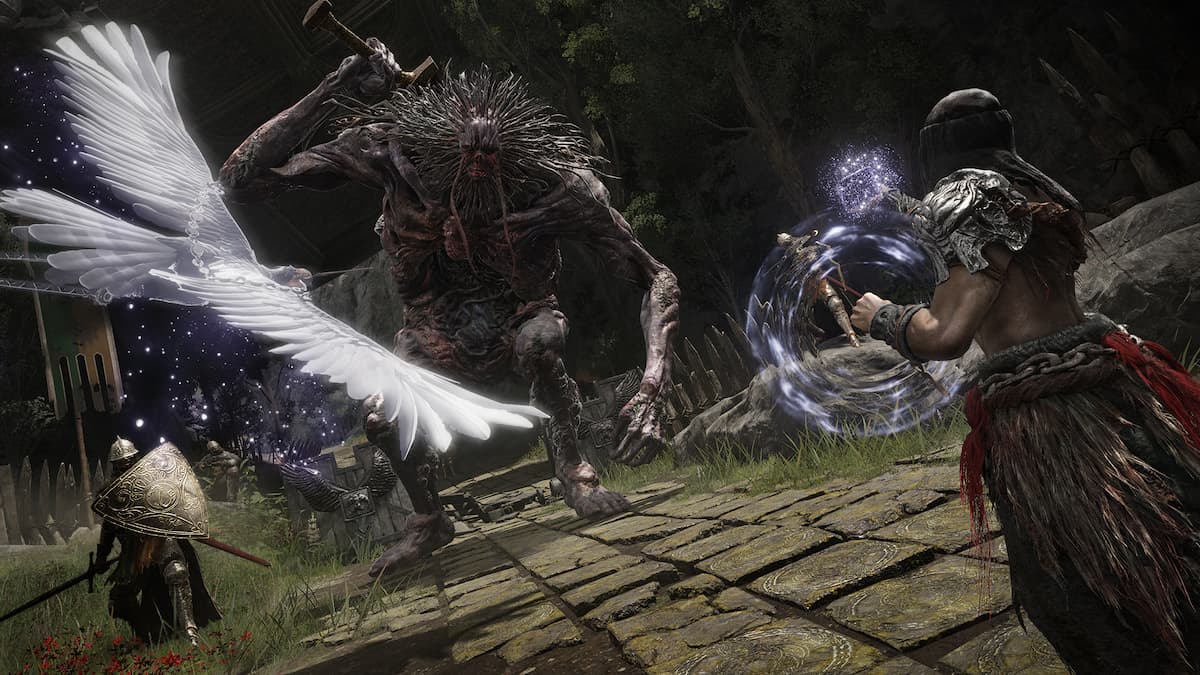
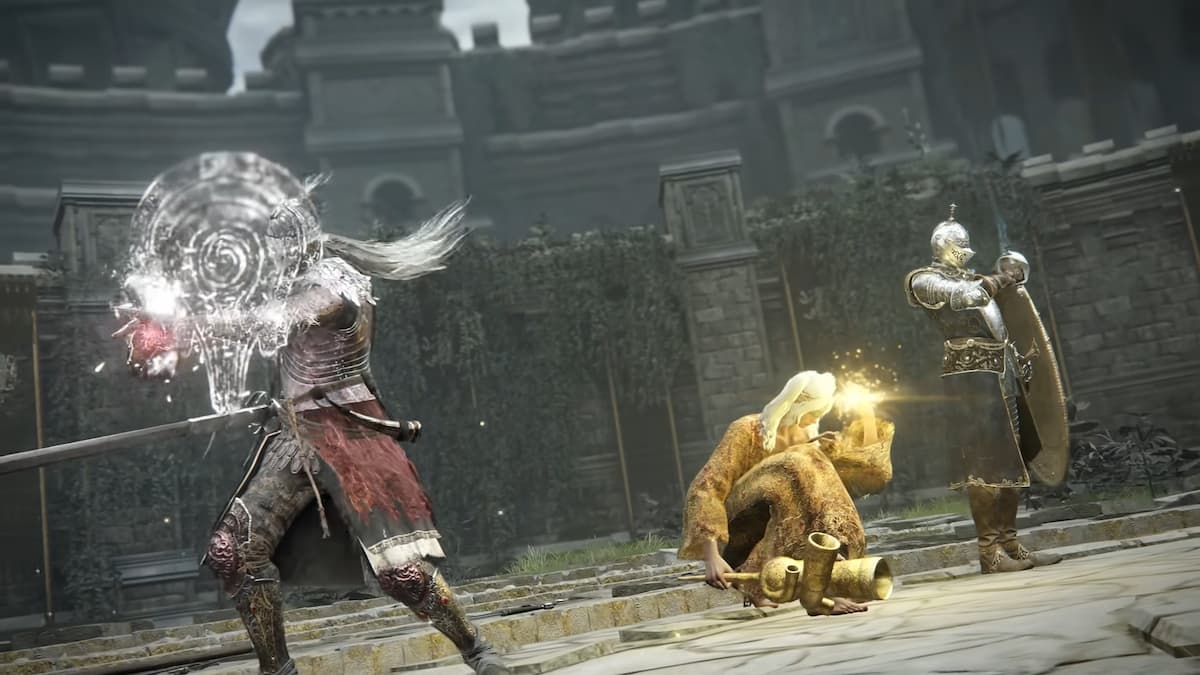

Published: Mar 21, 2022 05:29 pm